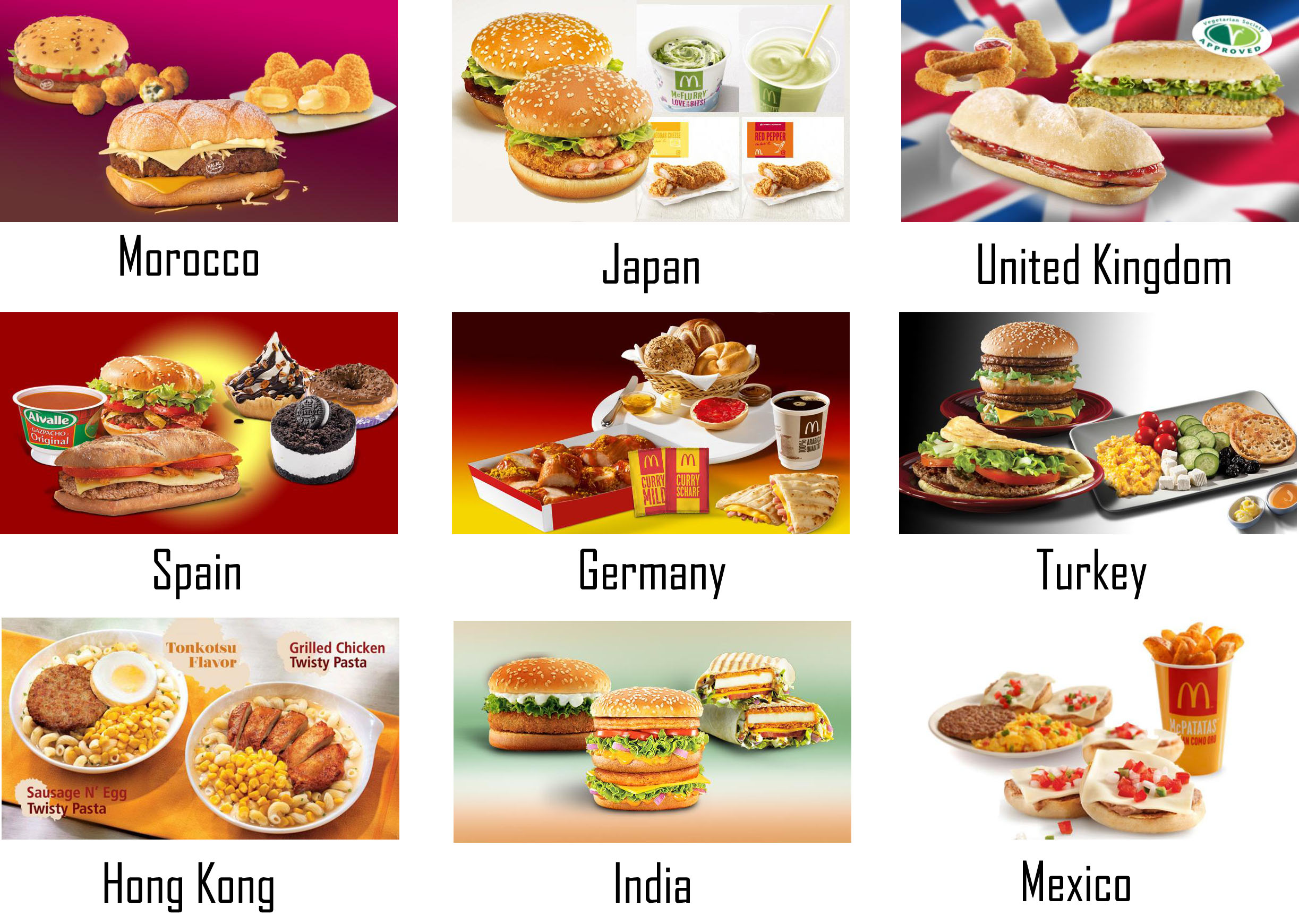



Only a few years ago, rising US sales convinced Clairol to introduce its curling iron ‘Mist Stick’ to Germany. The only problem was that ‘mist’ in German slang means manure, presenting the local marketing team with a significant challenge. American baby food company Gerber came up against a similar problem in France, a country where the word 'gerber' is similar to the slang word for throwing up.
“Rebranding can be complicated and risky, so to standardise brand identity in international markets, many companies stay with the same marketing campaign and brand message from their own country, in every country,” explained Laura McLeod, senior marketing manager Europe at 99designs.
“When you are globalising a brand, local language experts should be involved from the start of the strategic and creative process. Input from the right people on the ground will ensure that the overarching concept fits that region, or is at least flexible enough for your local experts to make a simple adaptation to the campaign wording or images. This should ensure that the end product is flexible enough to use in other markets.”
In taking their brand overseas business owners need to show that they really understand their target market and their audience.
Global sportswear giant, Nike, learned this lesson the hard way in 2013 when they released a range of patterned leggings inspired by traditional tattoos from the southwest Pacific. This sparked protests and petitions in New Zealand and Australia as the pattern was felt by many to be exploitative and too similar to the traditional tattoo worn by Samoan men. As a result Nike pulled the product. “You must conduct market research and listen to the feedback,” says McLeod. “If your customers feel that you are not speaking to them and addressing their concerns, they’ll go elsewhere.” The risks of bad brand translation aside, there are things that companies moving into foreign markets can to do ensure that their brand stands out for the right reasons.
Student.com is the world's largest marketplace for student accommodation. Earlier this year it decided to change its brand name in China to 学旅家 (‘Xue Lü Jia’), which literally translates as ‘home for a student’s journey’. Previously, its name in Chinese translated as 'overseas student apartments', and was more a description of the product than a brand name. “Having a generic description of what your company does as a brand name is quite common for companies just starting up in China, but generic descriptions don't stand out, nor do they help build brand loyalty,” said communications manager Adon Lawley. “With our rapid growth in China, it was a natural decision for us to create a more unique identity for our company.”
The brand has also been positioned differently in other markets in terms of messaging and brand values. Lawley added: “In Kuwait, for example, we found that one of the best ways to engage with students is via brand partnerships with influencers, especially on Snapchat. In Hong Kong, where parents are usually much more involved in the purchasing decision than students themselves, we’ve used traditional PR campaigns to build a caring, trustworthy and credible brand image locally. Whatever the market, it’s ultimately about turning market insights into our local target audience into the right approach to communicating about our brand.”
Even in the world of tech, where new apps, tools and software solutions appear to cross international borders with ease, there are potential pitfalls. For example, a lot of companies that have great success with their app in a local region expect the same results overseas. However, no two markets are the same, and rules, regulations and consumer behaviours vary significantly by region, as Sam O’Meara, UK director at crowd testing platform Applause explains.
“When a retail bank launches an app overseas, they need to know which credit cards are consumers in this region using,” he said. “Do the majority do their banking in-app, on desktop or in-store? Any company looking for international pick-up of its apps and products needs an in-depth understanding of those markets; the technology on the ground, customs, and competing and complementing apps, in order to match consumer expectations.”
The best way to ensure that your brand translates internationally is the same way that you ensure resonates at home: make it meaningful. The advice from Andi Davids, senior strategist, at The Partners is to focus on the universal.
“No matter where your target market may be, they’re all human,” she said. “Rites of passage, customs and relationships may look different in practice, but underlying them are fundamental human emotions and experiences. Airbnb does this expertly. They’ve built a global brand around the idea of ‘belonging’, something we all desire, and employ on-the-ground teams to ensure local audiences can access the site and understand the stories.
“At the end of the day, it’s always flattering when someone considers your feelings. Doing so without dedicated local teams might seem daunting, but even simple online tools like Hofstede's Cultural Dimensions can provide valuable insight.”
♦ Source: Virgin.com
